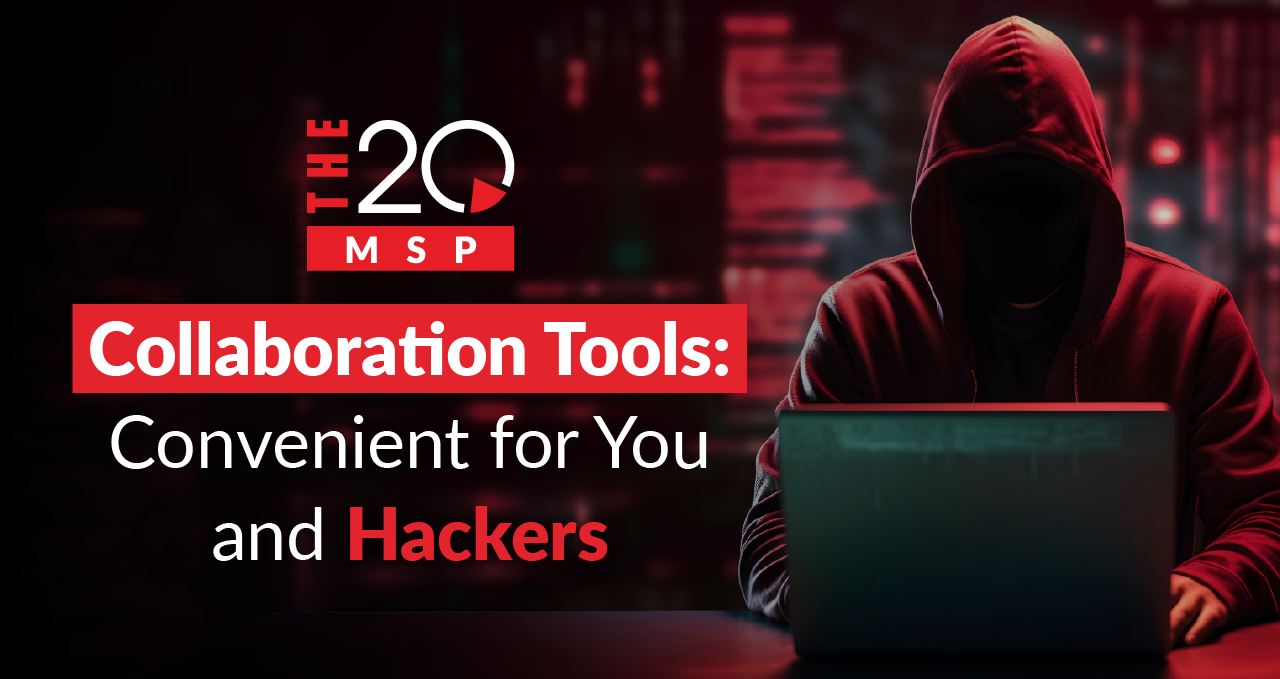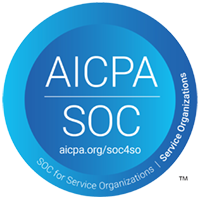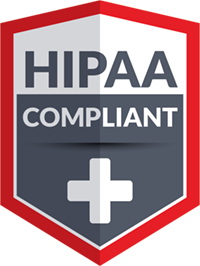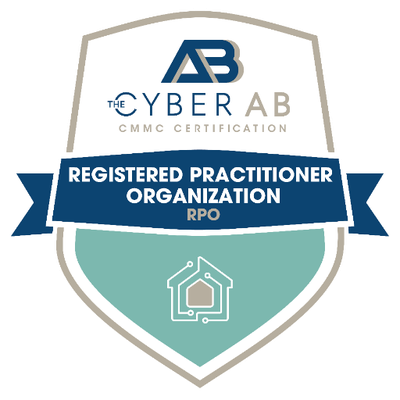
Collaboration Tools: Convenient for You & Hackers
Your team chat might feel like a safe space – but cybercriminals are counting on that.
Tools like Microsoft Teams, Slack, Trello, and Asana have become essential to the way we work. Since the early days of the pandemic, usage has skyrocketed. Teams alone saw a staggering 93% surge in adoption in just five months back in 2020.
And it’s easy to see why. These platforms simplify communication, support seamless file sharing, and allow remote workers to connect and collaborate easily. For many professionals, logging into a chat platform is the first thing they do each morning – it’s like opening the door to their digital office.
But as these platforms have become indispensable, they’ve also become prime targets for cybercriminals. The very features that make them so useful – speed, accessibility, and integration – can also create vulnerabilities if not handled carefully.
So how can we enjoy the benefits of collaboration tools without putting ourselves or our data at risk? Let’s dig into the risks and how to manage them.
Friendly Conversations, Dangerous Consequences
It’s natural to feel comfortable in your workplace chat. It’s where ideas flow, jokes are shared, and quick questions get instant answers. But comfort can lead to carelessness – especially when a message appears to come from someone in authority.
A global report by Veritas found that 71% of remote workers have shared sensitive business data through collaboration tools. Most of the time, there’s no ill intent – just a desire to be helpful. If your manager asks for something, you respond. But what if that “manager” is actually a hacker who’s gained access to their account?
Social engineering plays on trust and familiarity, and collaboration tools are the perfect setting for that. To guard against it, slow down and ask yourself:
- Do I know for sure who’s sending this message?
- Is this the right channel for sharing this kind of information?
- Could this be a phishing attempt?
- Am I breaking company policy by responding?
- Is there a safer way to communicate?
If you’re ever in doubt, don’t feel pressured to reply right away. A quick phone call or a message through a verified, secure channel could save your organization from a costly mistake. Training your team to think this way can be one of your strongest defenses.
One Tool, Many Doors: Why Collaboration Platforms Expand Your Risk Surface
Collaboration tools are about more than just messaging. They connect with file storage, integrate with apps, and often serve as hubs for entire workflows. But with every added feature comes another possible entry point for a hacker.
Without basic protections like multi-factor authentication (MFA), even a minor slip – like clicking the wrong link – can open the floodgates. And attackers don’t even need to steal credentials to start causing trouble.
Take TeamsPhisher, a malicious tool designed to send phishing messages through Microsoft Teams. If your organization allows communication from external Teams users, you could be a target.
Well-known hacker groups, such as Midnight Blizzard, have used fake IT support messages to trick employees into approving MFA requests, leading to data breaches. These attacks feel legitimate because they’re delivered through platforms people already trust.
So how can users protect themselves?
Pause Before You Click
There’s no magic fix that eliminates all risk. But there are smart habits that drastically improve your odds.
One alarming stat: 20% of employees admit they don’t check message authenticity before clicking on links or opening attachments in business chat platforms. That’s a big problem – but also one that can be addressed with training and awareness.
Here’s a scenario to consider:
You get a Teams message from “Microsoft Identity Protection (External)” asking to chat. Two buttons: Block or Accept. It looks official, but that “External” tag should raise a red flag. Internal IT wouldn’t typically reach out from outside your organization.
Let’s say you click Accept anyway. The next message reads:
“We noticed a change to your MFA settings. Please verify your identity by clicking this link…”
Looks convincing. But that link could easily redirect to a phishing page.
Before clicking, reach out to your IT team directly via phone or your company’s ticketing system. A quick double-check can make all the difference.
Even if the request turns out to be real, never send sensitive data – like passwords – over chat. These tools aren’t designed for secure data transmission. Use encrypted email or make a call instead.
Also consider your device. Are you working on a personal laptop that isn’t monitored by your IT team? Using collaboration tools on unsecured devices can compound your risk. Stick to company-approved systems whenever possible, and always keep software updated to patch vulnerabilities.
Bottom line: if a chat message includes a request for confidential information or contains a link, treat it as suspicious until proven otherwise. Take a cue from the “zero trust” approach: verify first, act second.
Think Before You Share
“Loose lips sink ships” may be an old saying, but it’s still relevant in the age of instant messaging. Oversharing – even accidentally – can have serious consequences. So, go ahead and drop memes, emojis, and updates in your team chat, but keep passwords and private data out of it.
Collaboration platforms aren’t going anywhere. They’re only getting more powerful – and more integrated. That means our approach to security has to evolve too.
Stay vigilant, question unexpected requests, and think twice before clicking. And if you’re unsure where to start or need expert help, The 20 MSP is here. We help small and mid-sized businesses stay secure while still enjoying the tools that make modern work possible.
Let’s keep collaborating – just with a little more caution.
About The 20 MSP
As a leading provider of managed IT services, The 20 MSP serves thousands of businesses nationwide, including single and multi-location organizations, delivering white-glove service, secure and streamlined IT infrastructure, and 24/7/365 support. We believe in building lasting relationships with clients founded on trust, communication, and the delivery of high-value services for a fair and predictable price. Our client’s success is our success, and we are committed to helping each and every organization we serve leverage technology to secure a competitive advantage and achieve new growth.






